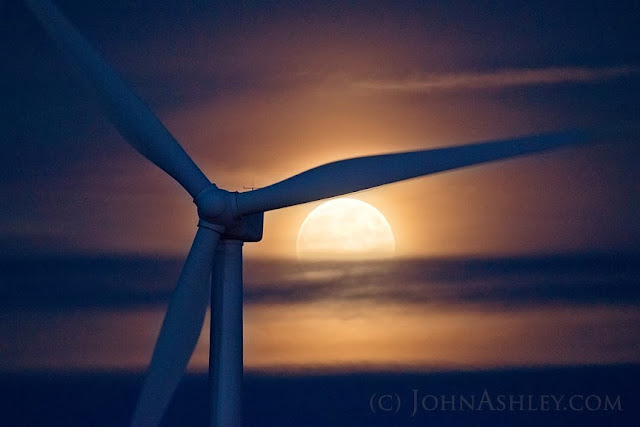 |
| A visiting Little Brown Myotis bat, asleep on our wall |
Two weeks ago, on the other side of the mountains, a bat research crew in Glacier Nat. Park enjoyed their best night of the whole summer - what is now referred to as, "The Night of the Hoaries." In the wee hours of 13 August, the crew captured 38 Hoary Bats (Lasiurus cinereus) while mist netting in the Belly River Drainage, near the park's northeastern corner. That number was almost triple their previous best for Hoaries. Everyone agreed, it was a great way to end fieldwork for a grueling, two-year study.
Hoaries are one of the largest and prettiest bats in N. America, with silver-tipped fur that the common name pays homage to. They range across the eastern two-thirds of Canada and all of the U.S. and Mexico. But unlike the Little Browns, Hoaries don't use human structures and are therefore seldom seen. They spend winter near the Equator and are solitary year-round, except during migration.
Those 38 Hoary Bats caught by the exhausted research crew were migrating south out of Canada, passing through Montana on their way to the tropics. During migration groups of Hoary Bats travel in "waves," often flying with migrating birds at night. Unfortunately, this behavior brought them trouble with the new turbines sprouting up in windy areas.
A few years ago, just across the border in Canada, biologists from the University of Calgary set out to study bat fatalities at these wind farms. Mitigation efforts had reduced bird deaths from the turbines, leaving bats as the most frequently killed animal. They found that the sudden drop in air pressure near the blades was injuring the bats' lungs, what's called "barotrauma."
But the researchers also found that, by increasing the minimum wind speed at which the blades begin to turn, and slightly changing the blade angle, they could reduce bat fatalities by 57% and 60%, respectively. That's because bats don't like to fly in high winds, and modifying the turbines reduced their speed when the bats were most active.
Little by little, year by year and location by location, we are slowly learning how to live with bats.
 |
| Full moon rising behind one of the hundreds of wind turbines spinning near Shelby, Montana |

